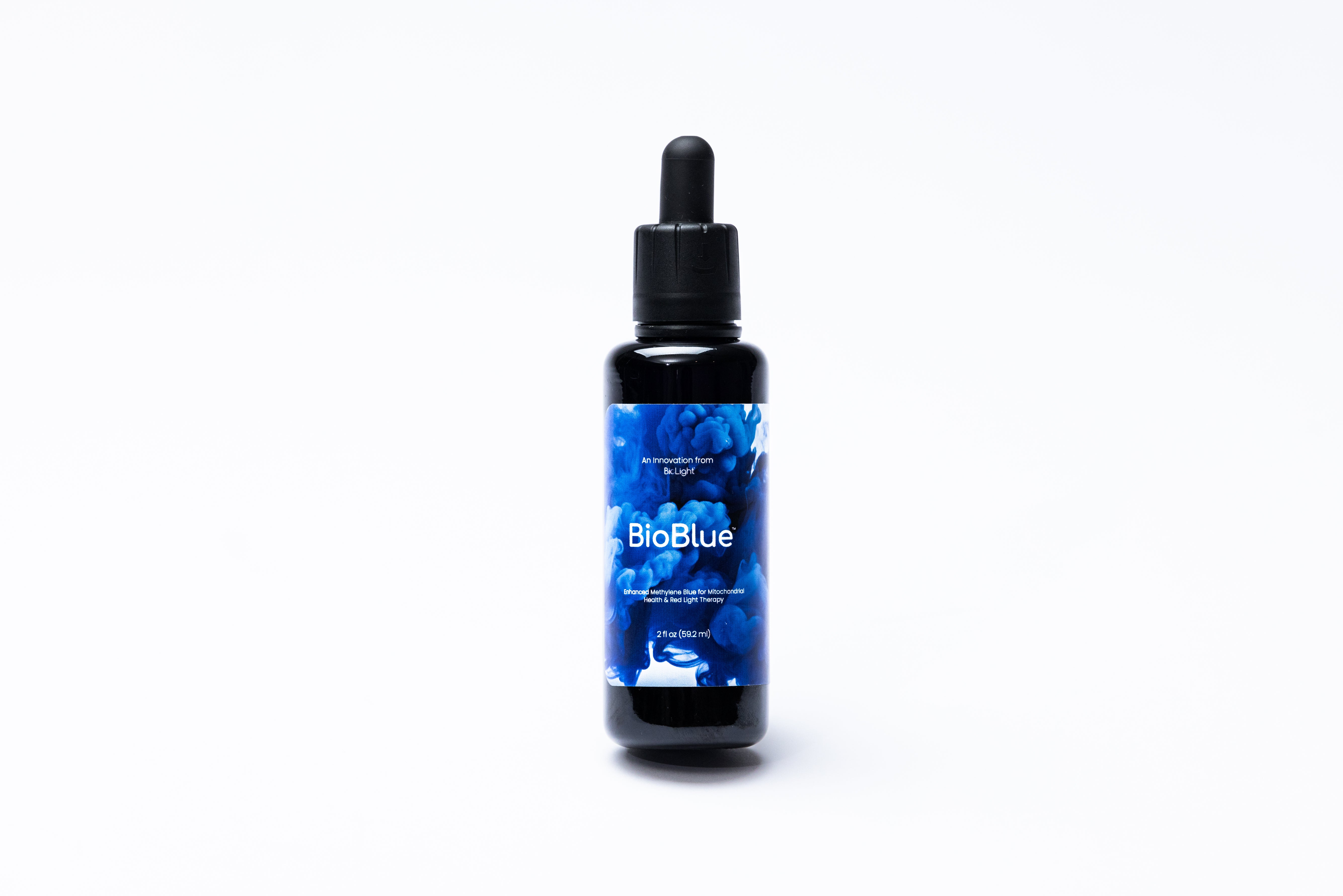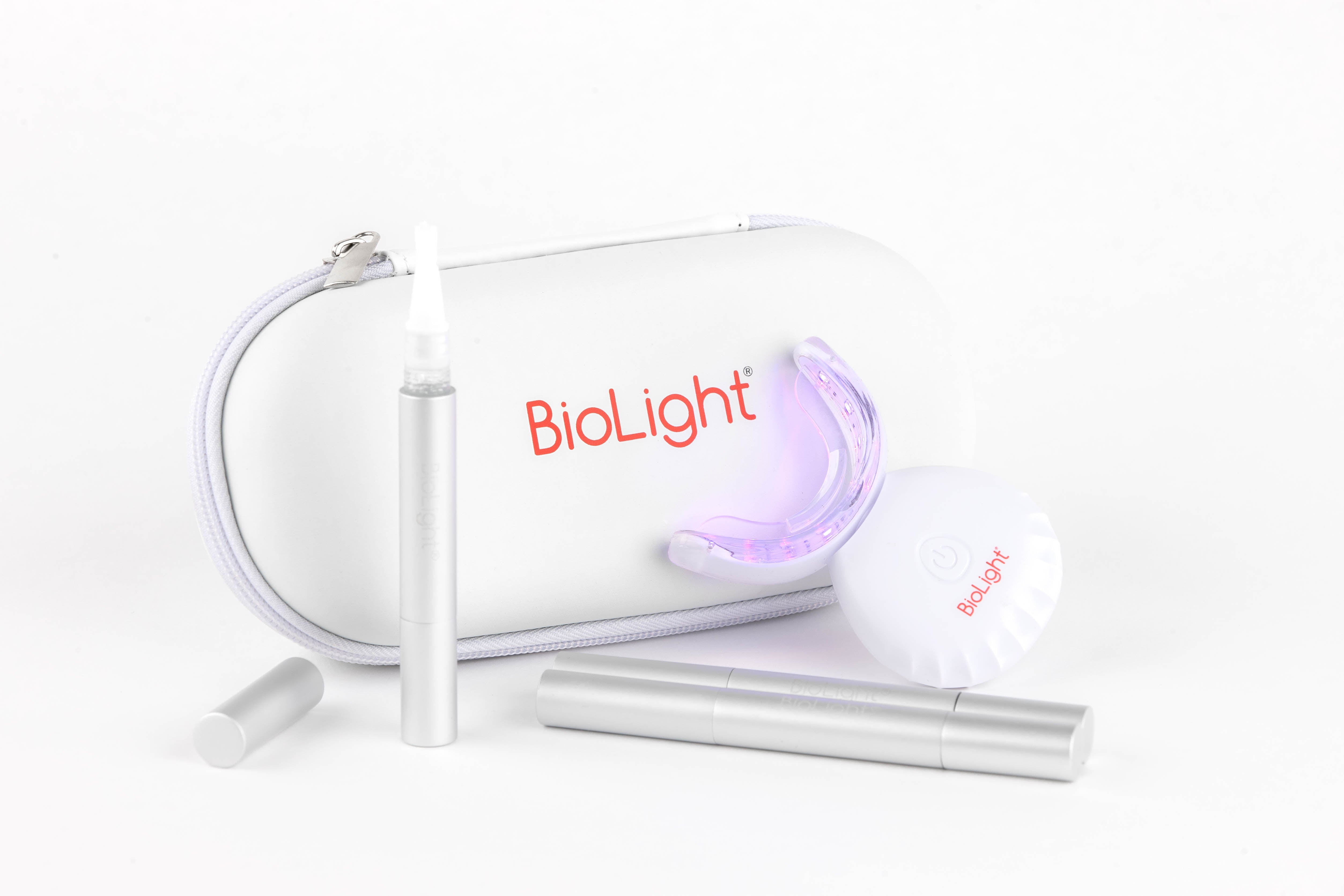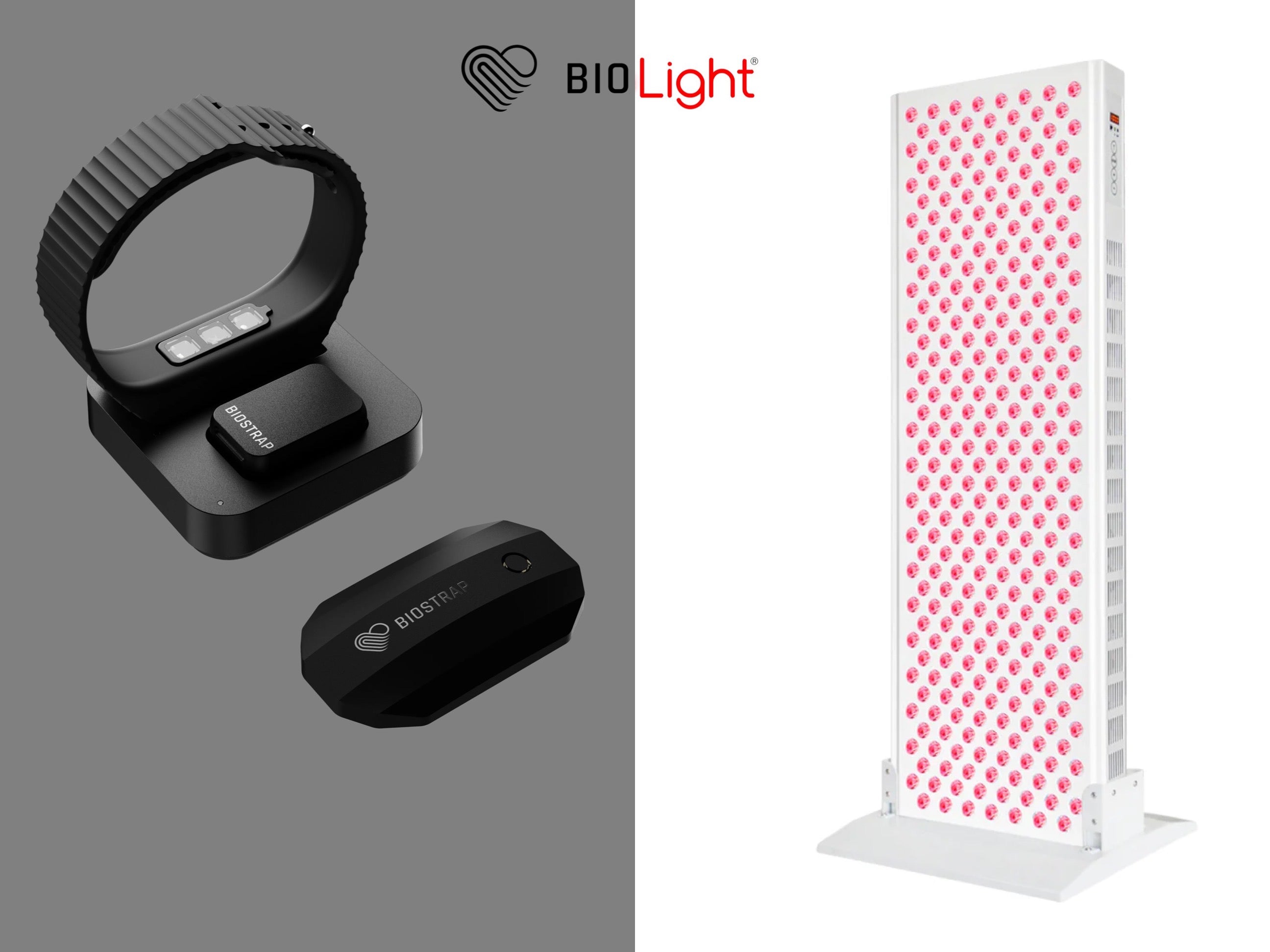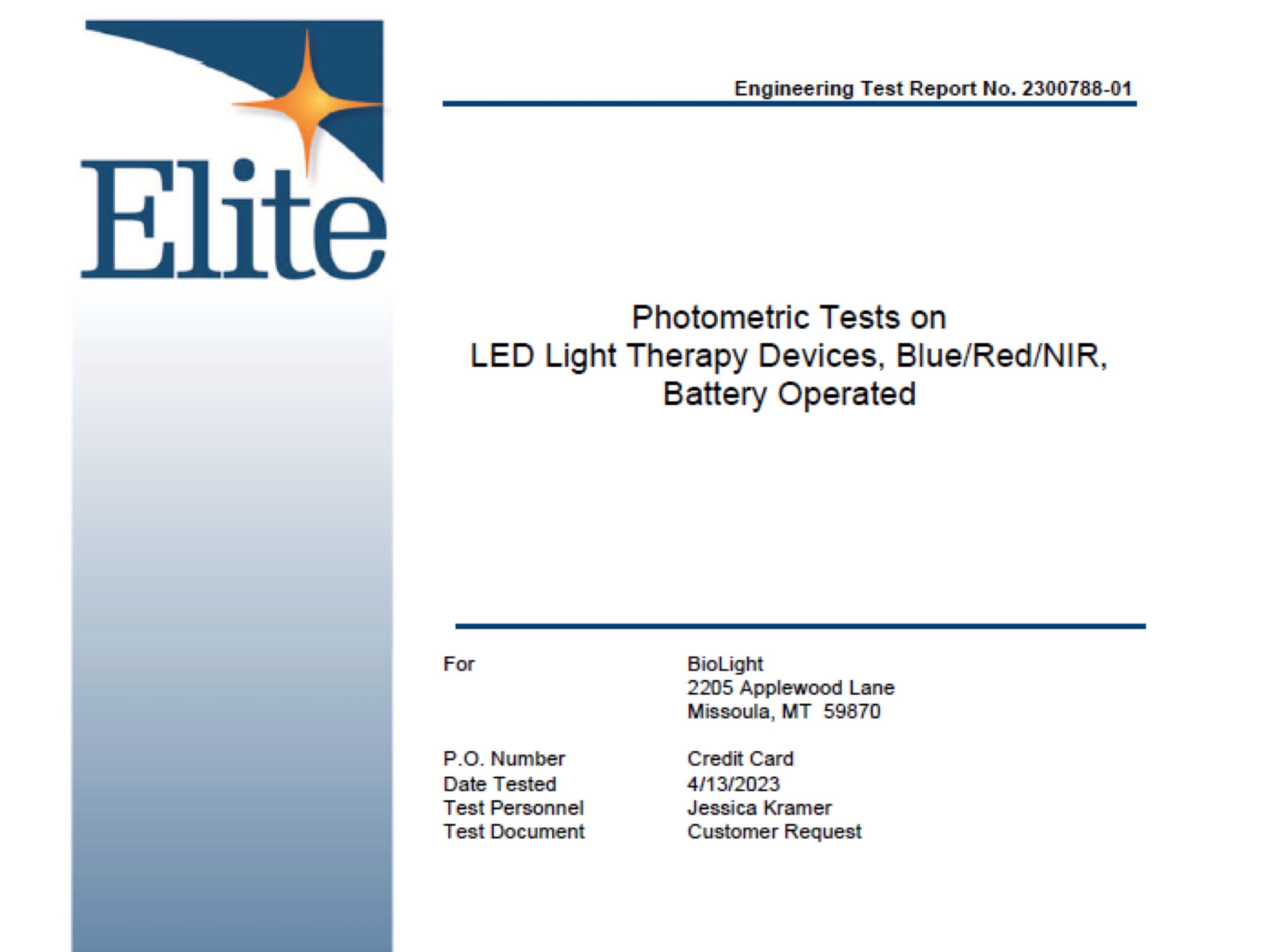Vasoplegic syndrome (VS) is a condition characterized by severe low blood pressure and vascular dilation, often occurring after cardiac surgery. Traditional treatments sometimes fail to manage this condition effectively, leading to the exploration of alternative therapies. Methylene blue has emerged as a potential treatment for vasoplegic syndrome. This blog provides an overview of how methylene blue can help manage this challenging condition.
Understanding Vasoplegic Syndrome
Vasoplegic syndrome is marked by a severe drop in blood pressure due to the inability of blood vessels to constrict. This condition can lead to significant complications if not managed promptly. Methylene blue’s unique properties offer a promising solution.
Mechanism of Action
Methylene blue works by inhibiting the enzyme nitric oxide synthase and blocking the production of nitric oxide, a potent vasodilator. By reducing nitric oxide levels, methylene blue helps restore vascular tone and improve blood pressure. Research published in The Annals of Thoracic Surgery supports methylene blue’s effectiveness in reversing the vasodilation seen in VS.
Clinical Efficacy
Clinical studies have demonstrated that methylene blue can rapidly increase blood pressure in patients with VS. Its use has been associated with improved hemodynamic stability and better outcomes in patients undergoing cardiac surgery.
Practical Applications in Clinical Settings
Implementing methylene blue treatment for VS involves specific protocols to ensure safety and efficacy.
Dosage and Administration
Methylene blue is typically administered intravenously at a dose of 1-2 mg/kg. The administration should be done under careful monitoring to observe any potential side effects and ensure effective blood pressure management.
Monitoring and Follow-Up
Continuous monitoring of blood pressure and vascular tone is crucial during and after methylene blue administration. Regular follow-ups help assess the long-term effectiveness and manage any complications arising from the treatment.
Advancing Treatment for Vasoplegic Syndrome
Methylene blue provides a promising treatment option for vasoplegic syndrome, particularly in cases where traditional therapies fail. By effectively restoring vascular tone and improving blood pressure, methylene blue can significantly enhance patient outcomes. Continued research and clinical trials will further solidify its role in managing this challenging condition.















